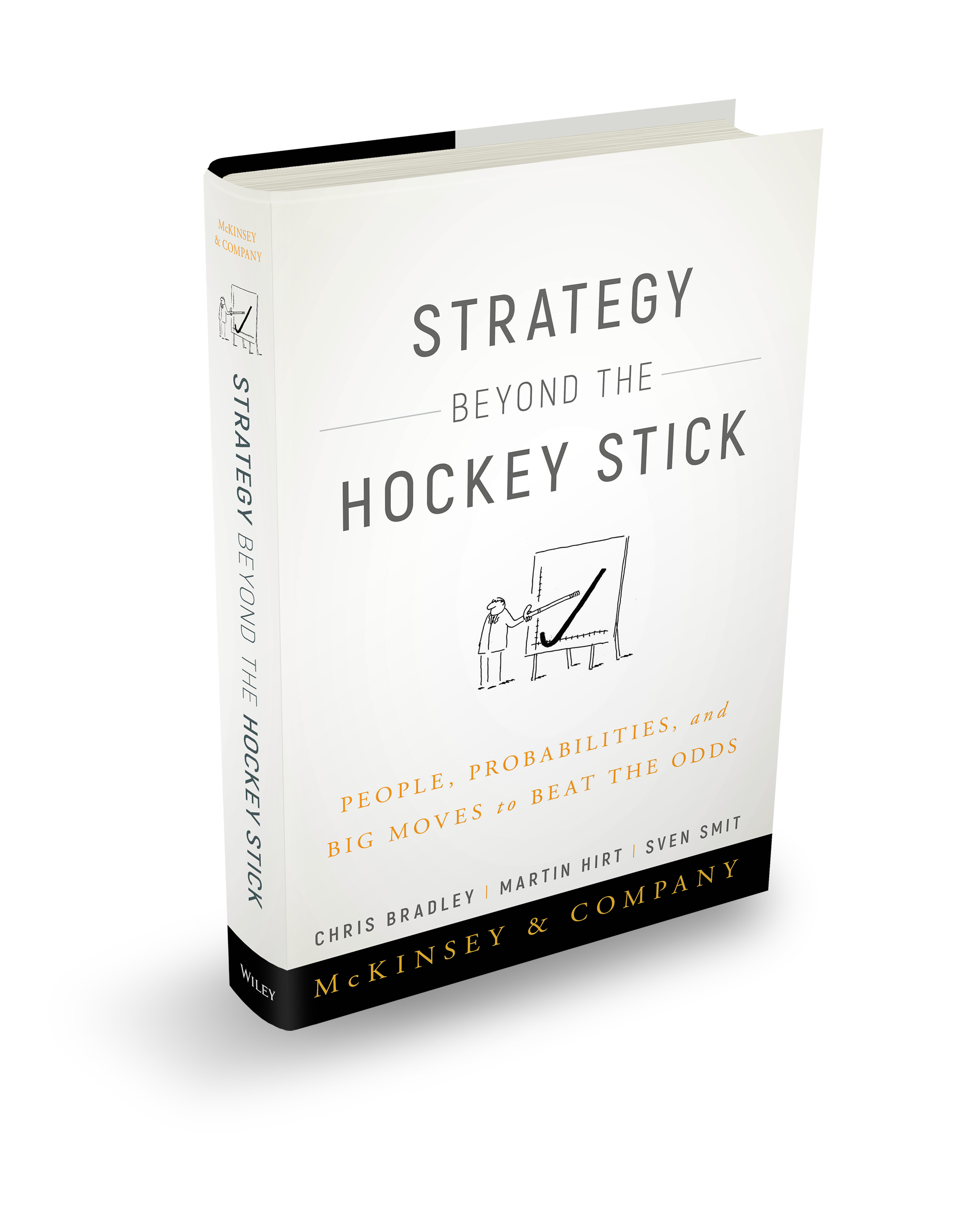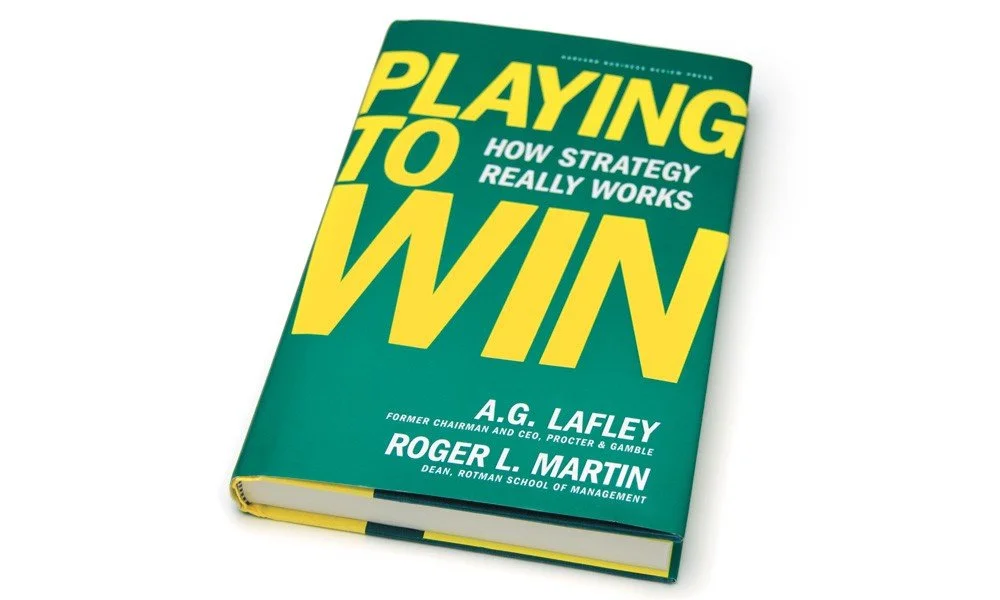Books that most influenced my work in 2021
For the fifth year in a row I want to share the four books somehow related to strategy and innovation that most influenced my work in the previous year. Among the 40 books I read in 2021, more than two thirds were not business books. But I came across four inspiring business books that I have recommended many times to clients, colleagues and friends. Here they are below, with the one that had the biggest impact on me presented first.
“When a reader falls in love with a book, it leaves its essence inside him, like radioactive fallout in an arable field, and after that there are certain crops that will no longer grow in him, while other, stranger, more fantastic growths may occasionally be produced.” Salman Rushdie
Manifesto for a Moral Revolution, by Jacqueline Novogratz. (link)
There are thousands of books on leadership, but this is the only one we need to face the challenges ahead in the 21st century.
Every part of this manifesto resonated with me, and I’m so thankful for Jacqueline Novogratz and her latest book to have inspired me and carried me through the most difficult weeks of the long lockdown in Melbourne in 2021. To lead change towards the world we aspire to live in, leaders will require a solid moral compass and the mastery of new practices. Jacqueline Novogratz is both a great teacher and a role model to help us all on that new path.
“All of us are needed for a moral revolution. It doesn’t matter where you live, the size of your bank account, or what you do for a living. The world needs you to flex, to stretch to uncomfortable levels, to build your moral imagination, to listen more deeply, to reckon with your sense of identity, and to open yourself up to understanding the layered inconsistencies and differing perspectives of others. It requires each of us to partner better, to tell stories that matter, and to embrace the beautiful struggle” Jacqueline Novogratz.
Strategy beyond the hockey stick, by Chris Bradley, Martin Hirt, Sven Smit. (link)
In early 2021, I heard my colleague Sahil Merchant from Vibrance Partners introduce the “power curve of economic profit” (see below image). This power curve is one of the outcomes of the research from former McKinsey colleagues of his. They analysed years of data from the McKinsey Strategy practice and extracted key lessons on growth and business resilience. Sahil presented in that meeting some of the key insights from the book Strategy beyond the hockey stick.
I was immediately intrigued, bought the book and read it in a few days. One of the most interesting reads on strategy I’ve ever read. It complements our recent work on growth and business resilience in The Invincible Company by bringing a data-rich perspective. And it provides one more proof point that you cannot build resilience in an organisation by doing more of the same. In the language of the authors, only bold moves enable companies to move up the power curve.
“In general, making no bold moves is probably the most dangerous strategy of all. You not only risk stagnation on the power curve but also miss out on the additional reward of growth capital, which mostly flows to the winners.” Chris Bradley, Martin Hirt, Sven Smit
Playing to Win, by A.G. Lafley, Roger L. Martin. (link)
This year I also read what is now a strategy classic: Playing to win. This book inspired me for three very different and complementary reasons:
First, it provides a useful and clear framework for strategy work with the Strategy Choice Cascade (see below image),
Second, you can sense the genuine commitment to a strategy practice. It is shown in the pages of the book by the widespread practice within P&G. And beyond the pages of the book it is well demonstrated by the extensive playing to win articles series written by Roger Martin (link) over the last few months,
And finally, I was deeply inspired by the tribute written by A.G. Lafley to Roger L. Martin called “the power of an outside strategy partner” that I now use as a beacon for the type of relationship I want to establish with my clients.
“I wanted someone outside P&G with whom I could talk about strategy on an ongoing basis - anytime, anywhere. I wanted an outsider who understood P&G and could masterfully work the company’s internal informal networkto help me get important strategic things done. Importantly I wanted someone without an agenda (at least, without an inside P&G political agenda). I needed someone whom I could trust implicitly and who could trust me - someone I could work with informally an in complete confidence, someone with intellectual integrity to go with moral integrity, emotional intelligence to go with IQ, and the courage to tell the emperor when he was wearing no clothes.” A.G. Lafley
Humanocracy, by Gary Hamel and Michele Zanini (link)
Business transformation also involves changing the way large organisations are structured and led. To complement my work in strategy and innovation, I always keep an eye for books and publications that look into the challenges of business transformation via the organisational angle.
In that space I have been following Gary Hamel and his quest to kill bureaucracy in large organisations for years. So, I was curious to dive into his latest book Humanocracy with Michele Zanini. And it didn’t disappoint. In the lineage of Frederic Laloux (Reinventing organizations), Aaron Dignan (Brave new Work), The Corporate Rebels (Make work more fun), the authors have created a manifesto and practical manual for freeing the human spirit at work.
Source: Sketchnote summary by Rosanna Sibora (link)
I have particularly appreciated their truly global perspective, a rare instance in business books, with case studies from China, Sweden, France, and the sharp writing style with a slight touch of irony.
“Waiting for bureaucrats to dismantle bureaucracy is like waiting for politicians to put country ahead of party, for social media companies to defend our privacy, or for teenagers to clean their rooms. It may happen, but it’s not the way to bet. If you want to build an organization that’s as capable as the people inside it, you’re going to have to take the lead.” Gary Hamel, Michele Zanini
That’s it for now! Hopefully those books are available at your local library, or easily downloadable on your smartphone/tablet.
What’s next on your reading list?
Happy 2002, and happy reading everyone!














